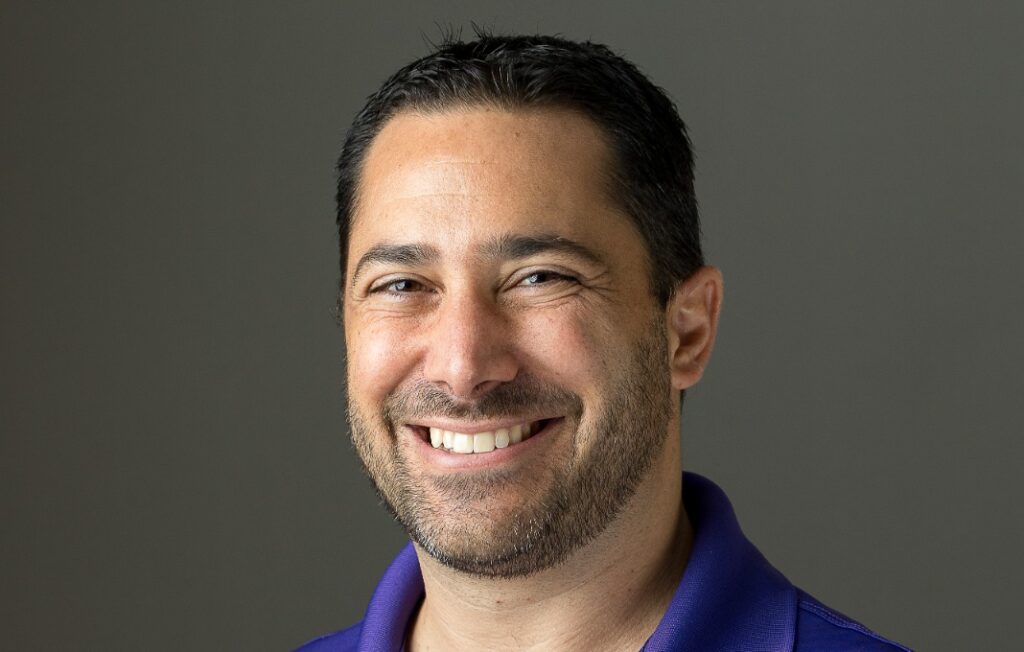The worst of times may be coming to the U.S. economy soon, but it’s still the best of times for American workers. And they’re likely to remain in high demand in an environment that seems sure to remain labor-starved for some time, even if recession visits soon.
That was the consensus of executives gathered online for Chief Executive’s annual CEO Talent Summit to swap ideas on finding and keeping workers in today’s landscape. “We’re still facing one of the most competitive labor markets in years, and maybe ever,” Tony Denhart, Indiana Economic Development Corporation’s executive vice president for workforce and talent, told company leaders participating in a roundtable discussion on talent retention sponsored by IEDC. “People are switching jobs, industries, and moving from traditional to nontraditional roles, retiring early, going into the gig economy. Everything is on the table.”
That disquieting picture requires some bold gambits, more of the kind recently made by Cook Medical, a company in Bloomington, Indiana, that announced a commitment to build 300 homes in the area, priced beginning at $175,000, to help its 1,000 local employees afford to live there. The plan includes erecting about 100 houses across the street from Cook’s main manufacturing facility.
“Employees may be starting out in their career and want a place to live. We’ve tried for years to tackle [the challenge] of workforce housing, and it hasn’t worked,” said Pete Yonkman, Cook’s president. “The marketplace hasn’t solved the problem. Banks don’t want to lend, and builders don’t want to build because the amounts aren’t big enough. So we have to do it ourselves.”
Cook bought tracts of land for the houses and worked with communities to bring in utilities, keeping costs down. It is partnering with federal agencies to help obtain low mortgage rates for Cook workers at a time of rising interest rates overall. The housing project comes on the heels of Cook’s construction of a small grocery store on a manufacturing site to provide a quality food outlet for employees.
Not every new approach to satisfying workers is on the scale of Cook’s housing initiative, of course, but other company leaders cited their own significant steps. Dolese Brothers, for instance, is boosting pay, providing a fuel allowance for those without company vehicles, probing its ready-mix delivery drivers for creative ways to attract peers, and “putting together continuous-improvement teams that have helped engage the hourly workforce,” says Mark Helm, president and CEO of the Oklahoma City–based provider of construction materials.
“A lot of our operations are in rural Oklahoma, where the workforce is shrinking,” he said. “So we have to think hard about how to attract people and what to do to help them [adhere] to the organization and the culture.”
Some leaders at the roundtable said they’re leaning into more areas that used to be considered outside the purview of employers but where involvement is now helping them with the adherence issue. Here’s some of what they said they were doing in that regard:
• Creating a nurturing environment. ESI Construction, for instance, has expanded an internship program that didn’t exist five years ago. “We don’t use [interns] just for production,” said Dallis Fontenot, senior vice president of the outfit in Boise, Idaho. So, the program includes more career-oblique opportunities ranging from “discover your strength” workshops to whitewater rafting. “This generation loves the idea that they are making a unique contribution and being part of a company that’s going to invest in their development.”
• Making cultural connections. The Hibbert Group has “adjusted wages multiple times since the pandemic, for competitive reasons,” said Timothy Moonan, CEO of the marketing-services firm in Trenton, New Jersey. “But now we’re trying to get out in front of people, especially as we bring those in their 30s and 40s up through the ranks.”
That means reckoning with the “psychic load” that many employees carry these days, “which we take deeper into daily engagement of leadership in soft, intangible ways,” Moonan said. The company also partners with a local community college “for stress management and business etiquette [instruction] in addition to hard skills like client services and sales and marketing roles.”
At the same time, Hibbert has expanded its wellness program to include mental health. And on the light end of things, the company likes to conduct “in-office days with pizza and people throwing footballs and baseballs around,” Moonan said.
• Helping at home. FGM Architects is helping employees become better architects, for sure, but the company also finds that “there are so many other problems they have with life, at the same time we have to help them become better people and leaders,” said John Dzarnowski, CEO of the Chicago-based firm. “It’s more than just helping them on their job, but also to be whole individuals.”
So FGM is developing a soft-skills curriculum that includes time management and handling stress at home, elements of “crucial conversations that you usually don’t have in a professional role but that we need to help our staff learn, not only for better conversations with clients but also with coworkers and spouses,” Dzarnowski said.
Agreeing with this emphasis, Fontenot said ESI’s goal is “to hear people say, ‘I’m a better father, employee and spouse because I work at ESI.’ That’s what we’re aiming for. Not just succeeding financially but succeeding as a human. We want to create a culture where that’s not just marketing—it’s actually happening.”
Several leaders said they’re still navigating toward an end point of the work-from-home phenomenon, as many employees retain a desire to work remotely rather than come back into the office or operations, or at least to be a hybrid worker.
“Every week we have lunch with 25 hybrid employees to ask how it’s going,” Yonkman said. “They’re happy and productive at home. Their productivity goes up when they’re at home. But they’re wanting to come in if there’s a reason to be there, if their team is there—not just to be on a Webex or Teams meeting all day long. ‘Mandate’ is a dirty word that they really bristle at.”
Yet for Dolese Brothers, “80 percent to 85 percent of our workforce has to be out there every day, delivering products to customers,” Helm said. “People have to be in our office, too. When [customers] have a question, you can’t be out walking your dog or doing laundry.”
Another major challenge for companies is to create and connect their employees to a sense of sublime purpose that so many workers, especially in younger generations, now want to make sure they enjoy in their job and with their company.
“They’re looking for transparency, recognition and a sense of purpose,” Moonan said. “We’re a marketing-services company, so we have a sense of purpose in supporting pharmaceuticals. We’re not researching life-saving medicines, but we’re supporting companies that do, so we’re connected to that. We do business with the [National Football League] and support all their charity events. And we participate in community-based programs focused on supporting small businesses in Trenton.”
Fontenot noted that “family structures or the local church used to provide that sense of purpose and support, but today people look more toward their employer to provide that for them. And if we don’t address that, people will go elsewhere.”
It helps today’s generation of company leaders that communicating a sense of purpose isn’t exactly a new idea. Earlier in his career, Denhart recalled, as an executive for General Electric, “Most people with early career experience said, ‘So what?’ if you reminded them that a GE-powered aircraft took off every two seconds. What hit home was being able to tell them that a GE-powered aircraft was able to take a grandmother from Phoenix to visit her family in Indianapolis, or that a GE was bringing power to a remote village in Africa.”
In this era of a continuation of the Great Reshuffling of the American worker in the wake of the pandemic, where a worker locates sometimes can help create that sense of purpose. This thinking is behind the support of the IEDC for an Indiana-based program called MakeMyMove, which funds community efforts to recruit remote workers to come live in them.
“How do we get more people in the state and keep people here?” Denhart said. “It’s a great way for us to leverage technology.”
Everything the company executives shared at the roundtable underscored a significant point: The role and functions of human-capital management in American business today are broader and more crucial than ever.
For small mid-market companies like Alfa International, a maker of restaurant equipment in New York City, the need to lean into better care and feeding of employees has become acute.
“It’s been a glaring gap in our business and, frankly, in a lot of businesses our size,” said Brad Lundquist, president. “But HR practices need to be there in order to move our organization forward. I think I might be in the food-service equipment and parts business, but actually I’m in the people-development business.”








